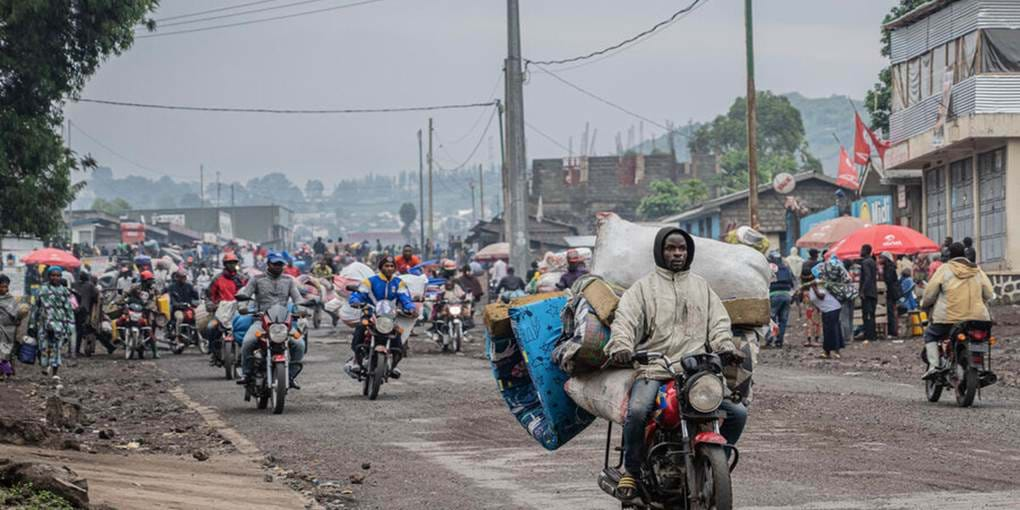This year, the Democratic Republic of the Congo has been facing one of its worst periods of conflict to date.
With the M23 armed group taking control of many cities and areas in the provinces of North and South Kivu, in the east of the country earlier this year, thousands of families and individuals have been displaced to flee the conflict.
When displaced, families have to leave everything behind; their home, their land, their source of income -sometimes their families- making them even more vulnerable than before. Three in four Congolese live on less than $1.90 per day; this is one of the largest populations in the world living in extreme poverty. The conflict exacerbates the situation for many, who are struggling to provide for and protect their family while on the move.
Photo credit (banner and right): WFP/Moses Sawasawa

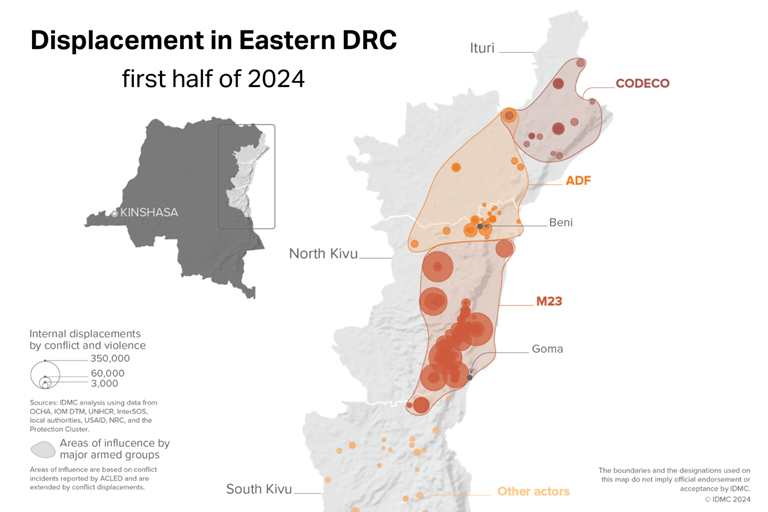
There are now over 7.8 million people internally displaced from Eastern DRC, with the majority being women and children.
In January 2025 alone, over 500,000 individuals were newly displaced by the fighting for control of the city of Goma (home to 2 million people) and surrounding regions. The conflict completely emptied camps outside Goma, scattering many internally-displaced persons (IDPs).
Additionally, security challenges, looting of storage facilities, logistical constraints, and the complexity of the crisis have hampered the delivery of humanitarian assistance, whether in cash or in-kind. In such a context, it can take several weeks for assistance to be delivered, because it usually requires on-the-ground access. The slow response means that the assistance delivered often finds people once their level of vulnerability has further deteriorated. Furthermore, many IDPs have dispersed across areas where they may not easily be identified.
Visual credit: IDMC via GiveDirectly
GiveDirectly, a non-profit organisation that delivers cash directly to people living in poverty, is actively working to increase food security, nutrition, and resilience of displaced civilians in DRC. Facing challenges to identify and support the right people, in a timely manner, they reached out to us.
Using mobile phone data to identify and reach IDPs
As global leaders in mobile data analytics for good, we’ve been developing AI/ML (artificial intelligence/machine learning) techniques and big data models to improve mobility and displacement estimations in many countries and programmes. In DRC, using anonymised and aggregated mobile phone usage data, we’ve developed an anomaly detection method which allows us to detect more likely displaced subscribers on a daily basis.
Once identification and validation steps are completed by GiveDirectly, following thorough privacy-preserving and safeguarding measures, displaced individuals who consent are then enrolled into GiveDirectly's cash transfer programme, receiving the aid directly to their mobile phone.
Visual credit: GiveDirectly
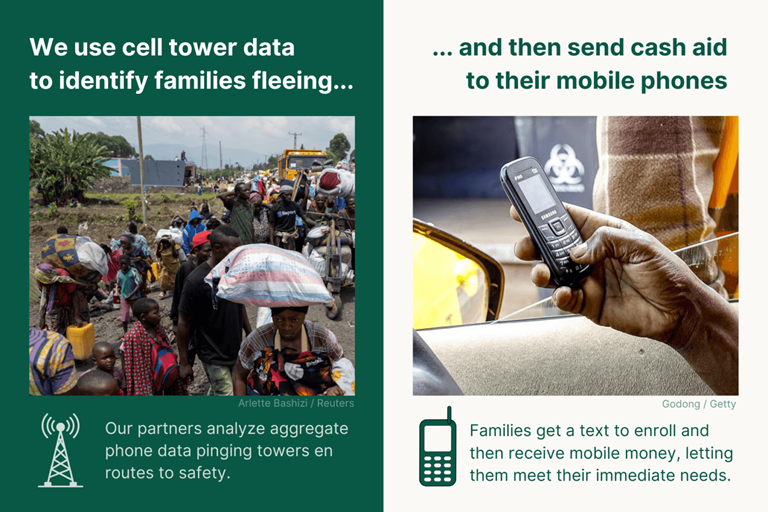
Outcomes: a faster and more effective cash transfer programme
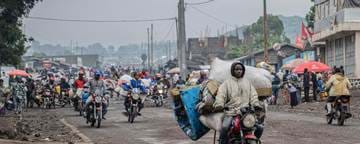
This method of cash transfer using mobile phone big data speeds up cash transfer from around 100 days to under 10 days.
It can reach displaced civilians about 10x faster than the traditional cash transfer programmes, and identify and reach those who may not have been reachable using traditional on the ground methods due to inaccessibility and insecurity.

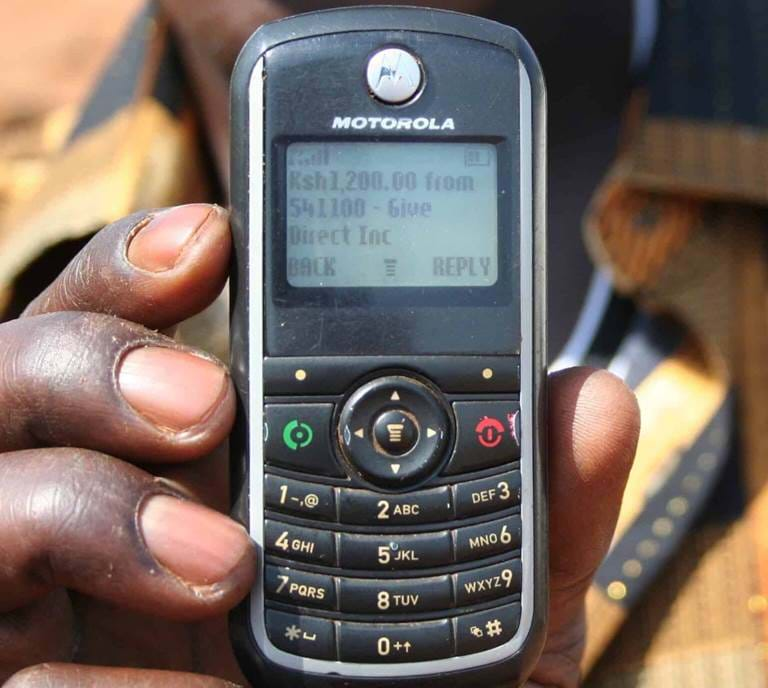
In the first month of operation, 490 people identified by our analysis received, within a week of their displacement, aid directly through their mobile phone. Each enrolled individual received around $125 each, so that they could continue supporting their families as they flee conflict-affected zones.
In the first five months, the new method has been used to enroll over 5,700 recipients and support over 5,300 displaced families with rapid cash assistance. The fastest assistance was sent within six days of a security incident causing displacement.
Photo: A mobile money transfer from GiveDirectly in Kenya (Source/credit: GiveDirectly)
The biggest advantage of this approach is its speed. In crisis situations, days matter, and our recipients tell us that the cash arrives when they have nothing to feed their families. In areas that remain physically inaccessible to humanitarian actors, this remote model allows us to reach displaced people quickly and securely, using mobile data and technology to overcome the usual barriers of distance, conflict, and delay.
— Marie Sophie Pocha, DRC Programme Director for GiveDirectly
The methods: how it works
The data source: pseudonymised call detail records (CDRs)
Our model relies on anonymised and aggregated Call Detail Records provided by the participating mobile network operator. CDRs are a dataset automatically generated by operators for billing purposes. Each time a subscriber uses their phone (to receive or make a call, send or receive or SMS, or use mobile data), a billable event is recorded, alongside the timestamp of that network event, and the location of the cell tower routing this event.
By grouping thousands of records and using the timestamp of events and location of towers, we can estimate mobility for groups of people.
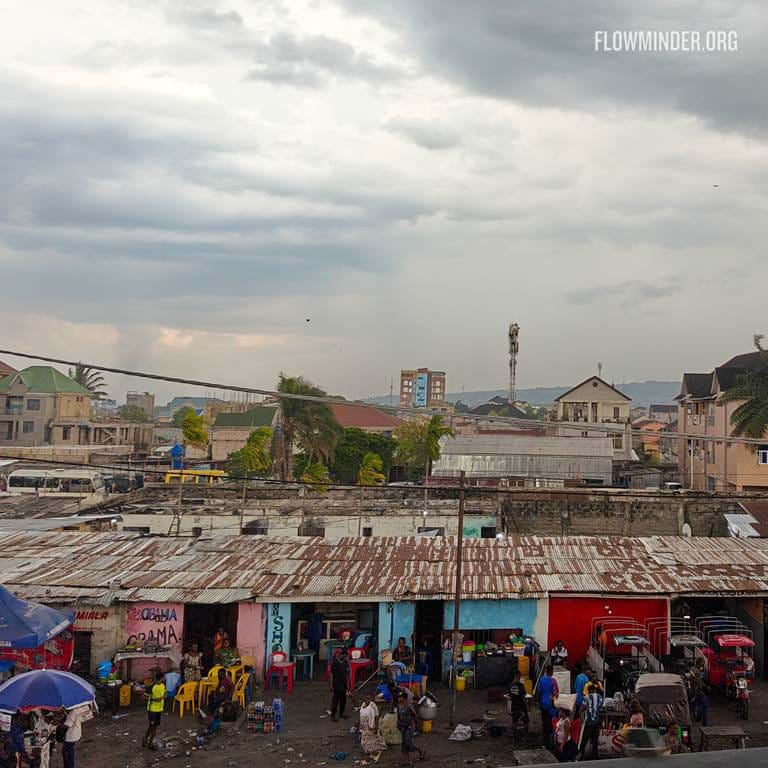
Data processing principles
To analyse the data, we first developed a data sharing agreement with a mobile network operator in the country. We then established a data pipeline which relies on the operator's technical staff to run our code, following training and code adaptation to run on their system. No individual level or trajectory is accessed or analysed. The operator then provides us with the aggregated pseudonymised data for analysis.
The value of this approach is that it doesn't require as lengthy regulatory and legal agreements as a FlowKit-type pipeline, with server and software installation on the operator's premises. This therefore enables faster set-up but is more restrictive in terms of the complexity of analysis that can be carried out.

Anomaly detection model for identifying potential IDPs from mobile operator data
To detect large-scale population movements, we analyse patterns in where mobile users typically stay (“stay location”). By grouping mobile towers into geographic clusters, we can estimate how many people move into or out of each area on a daily basis.
A change in a person’s usual stay location (from one cluster to another) is considered a relocation.
Building on these relocation patterns, we’ve developed an anomaly detection technique to identify sudden and significant shifts in population that deviate from routine behaviour. We've worked under the assumption that displaced people will move in larger numbers after an incident as opposed to routine departures.
The model then applies a robust statistical approach to highlight clusters where the number of people leaving an area significantly exceeds the number arriving (in other words, where net flows are unusually negative compared to historical patterns), which may indicate displacement. Each cluster with detected anomalies is assigned an abnormality score, which reflects the proportion of potentially displaced individuals relative to departures for a given day.
To improve reliability, we also check for anomalies caused by mobile network disruptions, such as a sudden drop in active towers, ensuring the system distinguishes true displacement from artefacts of technical outages.
Our analysts and GiveDirectly then conduct a series of validation checks to confirm that these detections are indeed likely displacements.
From IDP detection to remote cash transfer programming
Once the data have been validated, we send the list of affected areas, with dates and estimated number of departures, to the operator, who provides GiveDirectly with the telephone numbers and identification to contact them.
GiveDirectly then remotely enrolls subscribers to securely receive cash transfer assistance. You can read more about GiveDirectly’s approach here.
Image: GiveDirectly Fundraiser visual
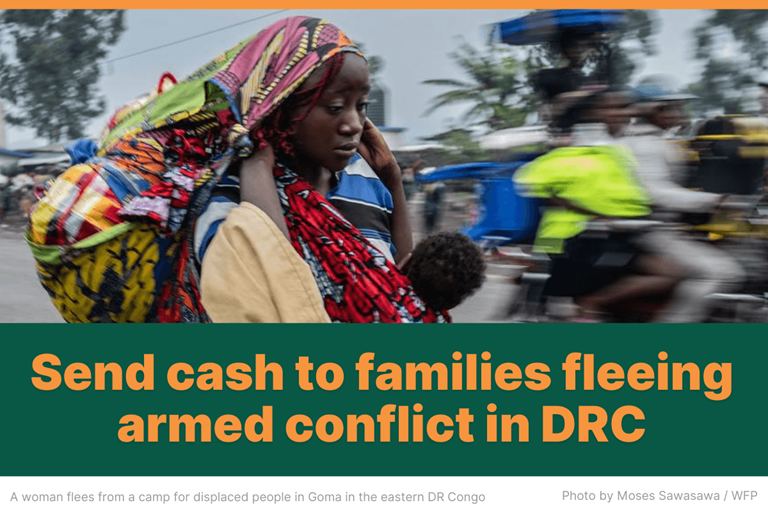
Our method rapidly detects population displacement through group mobility patterns, while upholding strict privacy standards. It shows strong potential for remote cash transfers and humanitarian crisis response more broadly, and we hope it will inspire wider adoption to support those in need, in DRC or elsewhere.
— Véronique Lefebvre, Director of Data Analysis at Flowminder
Conclusion
This case study illustrates remote targeting and enrollment of displaced people into cash transfer programming is not only possible, but can also be effectively implemented in challenging contexts. This offers a scalable model for humanitarian assistance in hard-to-reach and high-risk settings.
Our team is currently working on new AI models to strengthen the results even more, while remaining practical for rapid use in emergency situations.
If you're looking to strengthen assistance delivery in settings that are hard to reach or affected by displacement, we’re keen to collaborate and share our insights.
We invite humanitarian actors, and development partners to connect with us to explore how this approach can be adapted and scaled in their own contexts.
